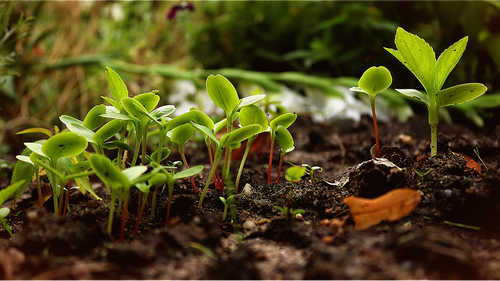Meeting global food demands using conventional agricultural practices is seemingly becoming a tall order. As such, there have been numerous calls for alternative forms of farming that address all aspects of sustainability, particularly permaculture. The permaculture concept is fast going global as it aims to work with, and not against, Mother Nature in creating sustainable human settlements.
Permaculture farming offers many benefits ranging from cost efficiency, space-saving, waste reduction, and reduced carbon footprint to helping combat climate change. However, there are also a few challenges. Here are three bottlenecks associated with permaculture.
It Is Not Easy to Get Started
Most people find starting permaculture challenging to initiate and implement for most people. It also requires a significant commitment from both the practitioner and society. Additionally, its implementation calls for considerable mobilisation of resources, including labour, land, and farm inputs.
It Takes Time to See Results
Unlike conventional farming, it often takes some time to get tangible results. Permaculture requires some patience. This is informed by the fact that natural processes take time to establish themselves. But once the system sets itself and is deemed ecologically sound, and nature takes over, the results will be evident.
It Does Not Favour Mass Production
Permaculture focuses on production without depleting or destabilising the natural balance. Even though this farming method offers some significant potential, what nature provides usually determines the production volume. As such, permaculture addresses societal food demands and not commercial ones.
Fundamentally, permaculture is a template for sustainable living that targets the local community’s needs. The key idea behind permaculture is to ensure individuals take care of themselves, which will see all other natural processes fall into place. While this system might have some challenges, it is undoubtedly the way to go for a healthier and safer tomorrow.

